Estimated reading time: 7 minutes
In an organic garden, having lots of bugs and spiders on your fruit trees is a great sign that you’re doing something right.
Traditionally, bugs on fruit trees have a bad name. The worry is that they might be eating the fruit or damaging the trees, and of course, some of them do.
That’s why chemical orchards spray insecticides – to kill off the insects that are damaging the crop. Insects that cause damage include codling moth, pear and cherry slug, earwigs, light brown apple moth, and aphids, just to name a few.
When we converted to organic growing, we had to change that mindset completely. We gradually stopped seeing every critter in the trees as a potential threat to our fruit and started being curious about them.
Turns out, most bugs are not a worry at all.
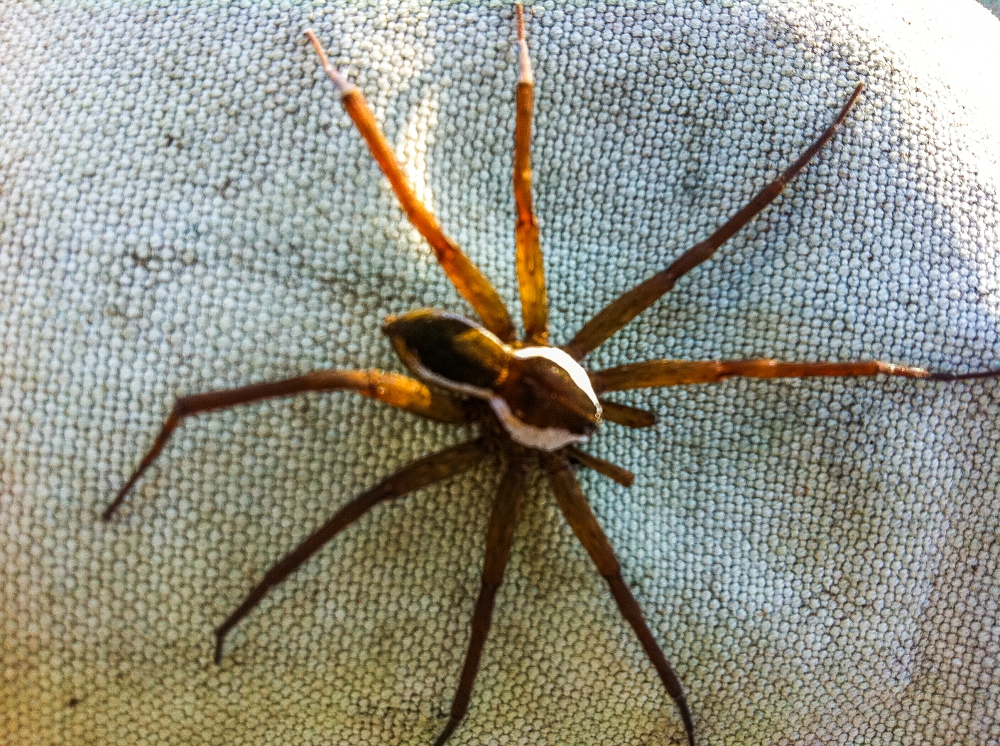
The downside of getting rid of bugs with chemicals
Unfortunately, the chemicals that kill bad insects also kill bugs that you need on your trees. These are the ones that are doing the important job of controlling the insects that do the damage.
The end result?
You’ve removed all the predators that kill the bad bugs. That leaves plenty of opportunity for the bugs you don’t want, to get out of control.
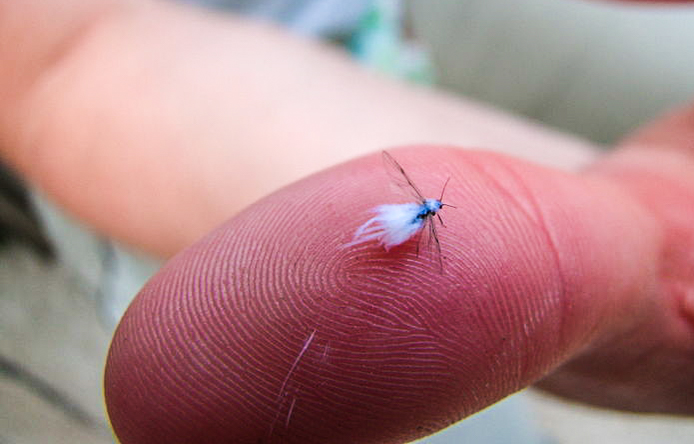
Diversity and resilience
One of the principles we recommend that all gardeners follow is to aim for diversity in all things. It’s a basic permaculture principle. It helps to minimise risks in your garden and create a more resilient system.
Diversity has become one of those catchphrases that you hear all the time. But what does it look like in the real world?
It could mean that you make sure you have more than one water source. At our place, we have four: rainfall, the dam, soil storage, and the irrigation channel.
The principle of diversity extends to the orchard. We reckon it’s a no-brainer that you grow as many different types of fruit as possible.
Of course, this needs to fit within the constraints of your available space, your capacity to look after them, and what you like to eat.
We’ve lost count of the number of different fruit varieties on the farm these days, but reckon it’s over 150.
The more different types of fruit you grow, the more likely you are to harvest a great crop of fruit every single year. We’ve proven the principle time and time again in our
And while you’re aiming for diversity in fruit trees, the same applies to all the plants in your garden. Try to grow as many different vegetables, flowers, herbs, and – yes, even plants you’d normally think of as weeds.

Getting out of nature’s way
In the natural world, diversity is the default position. There are probably thousands of different insects in your garden as long you’re not interfering with the natural world too much. Learning about them is endlessly fascinating.
Trying to protect your crop by controlling nature is just about the definition of fighting a losing battle. It makes much more sense to encourage biodiversity, and let them sort it out between themselves.
That might seem like a very relaxed approach, but it’s based on a few scientific facts.
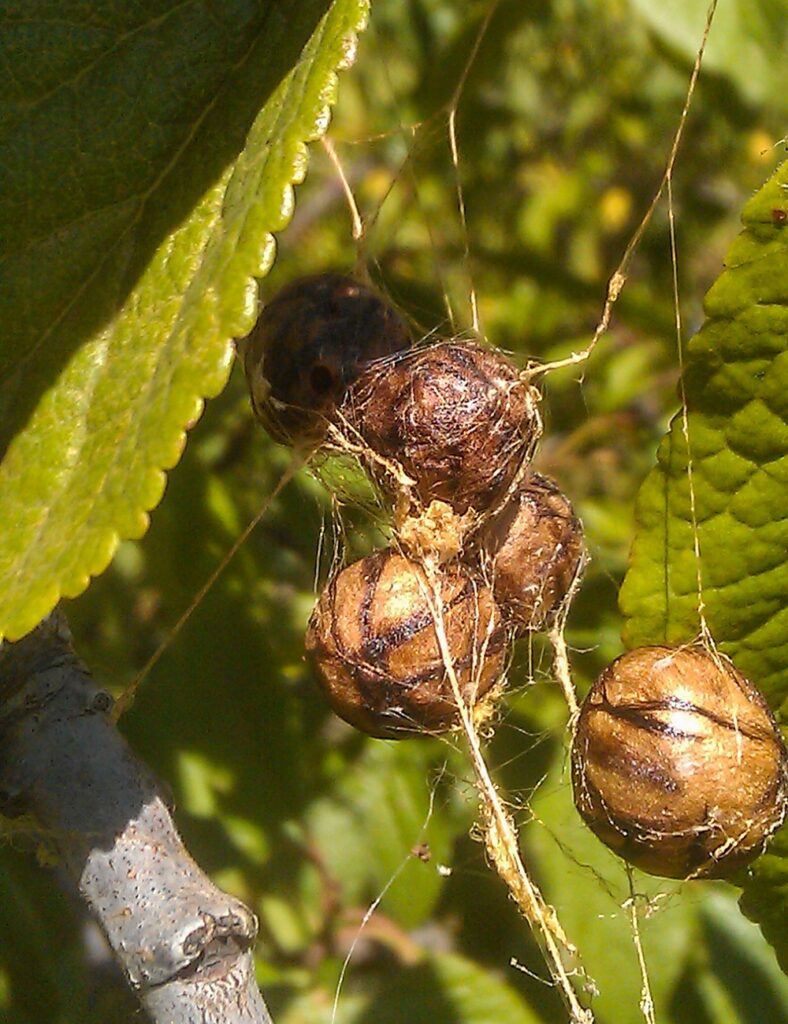
For a start, trees growing in healthy soil are less likely to attract the sort of bugs that like to eat fruit.
Amazing, but true!
There are actually lots of complex things going on, but essentially it’s because healthy soil provides the trees with complete nutrition. That means they are less likely to attract insects. They also form stronger cells which means that insects that do find them have a harder time eating them.
How you can create healthy soil
All you have to do is provide the conditions that favour healthy soil microbes. Simple, right?
The first thing is to provide lots of organic matter (from a diverse range of sources) and enough water. The soil also needs plenty of oxygen, so make sure it’s not compacted.
Ensure there’s plenty of good plant cover, with no bare soil visible. And lastly, recharge your soil every now and then with a dose of microbes, to make sure their populations are thriving and diverse.
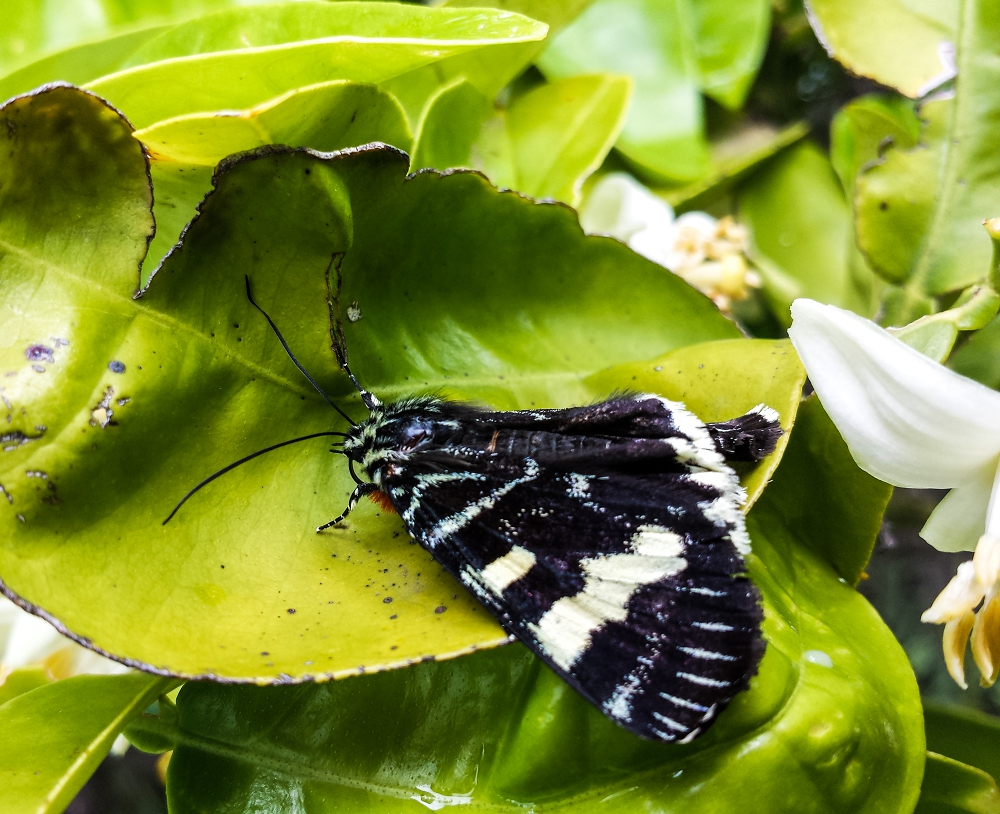
Insect communities have evolved together over millions of years. Bugs on your fruit trees and elsewhere have highly sophisticated and complex ways of interacting and keeping each other in check.
While we know a lot about pest insects and predators, there’s much more we don’t know. The truth is, you risk upsetting the natural balance every time you interfere.
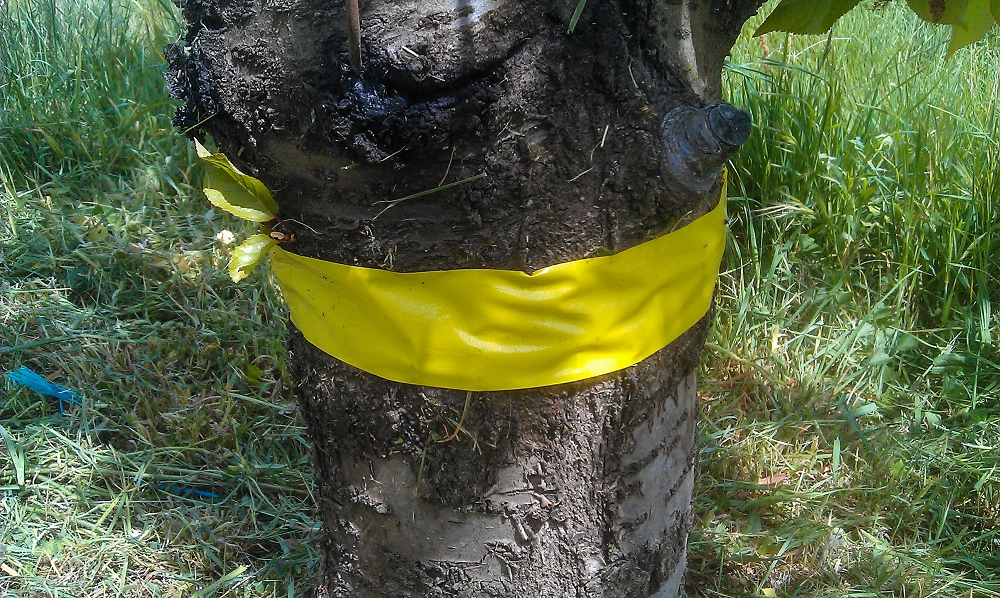
Preventing bugs in fruit trees from causing harm
At our place we mostly take a physical (and very specific) approach to preventing pest and disease damage.
Sticky tape around the trunks of cherry trees (above) is a great way of stopping earwigs from eating the cherries. The tape also works really well in stopping garden weevils from eating nectarines and other fruit.
In the apples and pears, codling moth is the biggest risk. We use something called “pheromone mating disruption” to prevent them from breeding.
It’s a terrific technique because it doesn’t kill them or interfere with the food chain, but it keeps them out of our fruit!
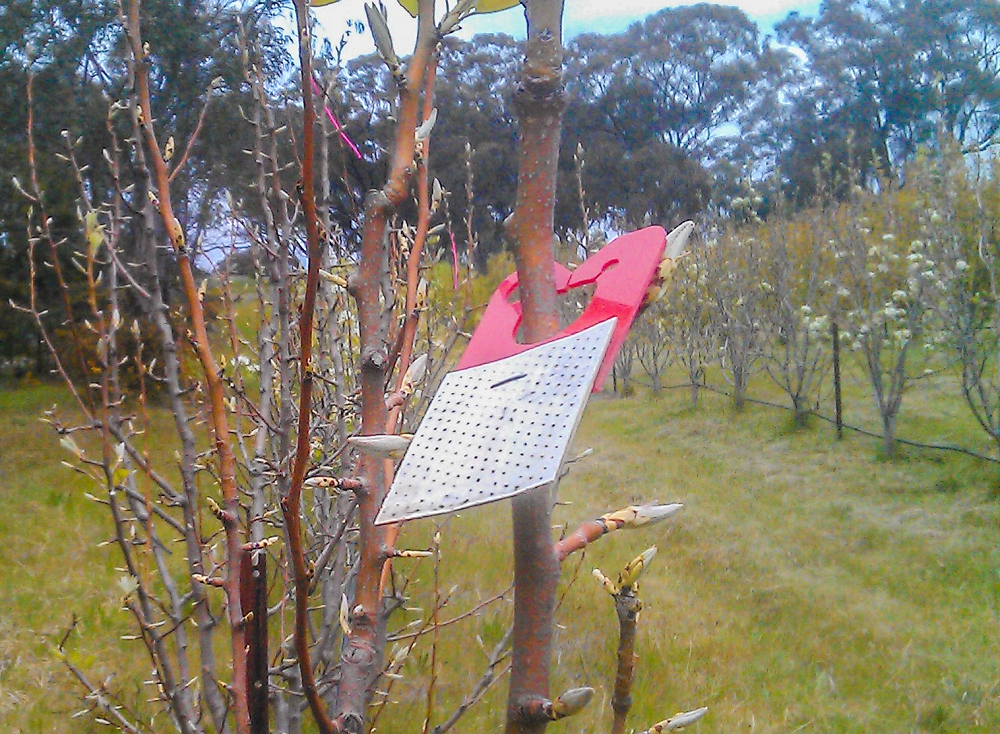
The first rule for preventing pests and diseases on your fruit trees is – DON’T PANIC!
Be still and watch for a while. Try to figure out what’s going on, and assess whether they are actually doing any damage to your trees or fruit. If they are, you need to come up with a plan of action.
Your first responsibility as a gardener is to do no damage to the environment, and that includes your beautiful bugs!
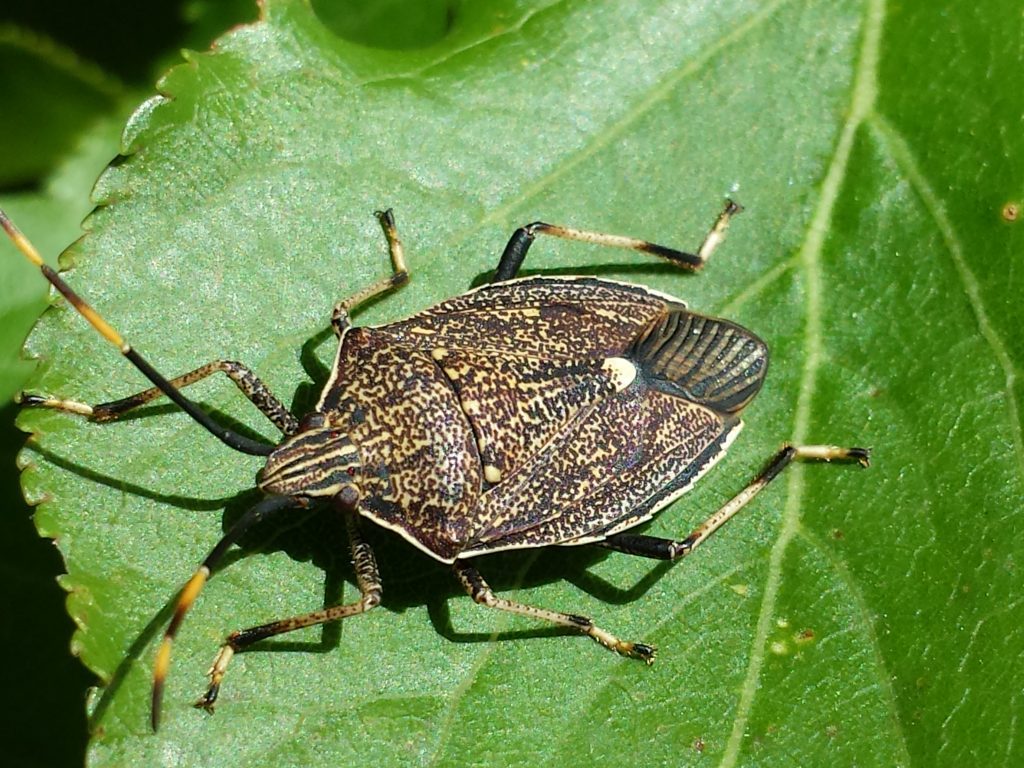
Related Articles
Learning from other fruit growers
Having a peer group of like-minded gardeners to spend time with is one of the best ways to learn about fruit growing.
How to protect your fruit trees from large animals
Learn the five best strategies you can easily put in place to protect your fruit trees from large animals.
Why does biodiversity matter?
Building biodiversity in your garden means you’ll grow healthier plants with fewer pest and disease problems.

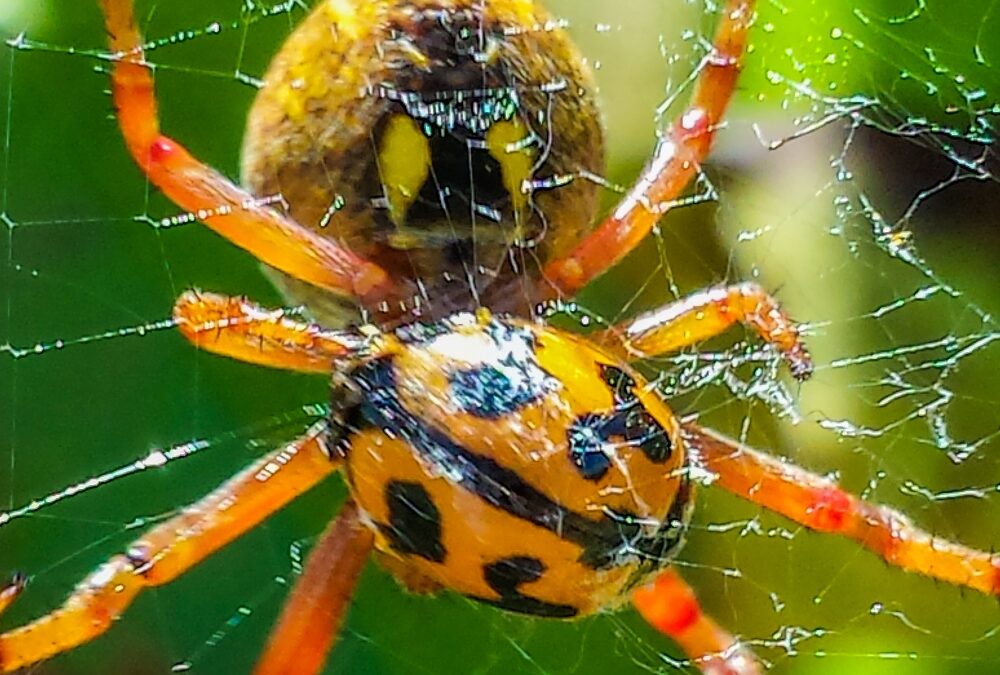



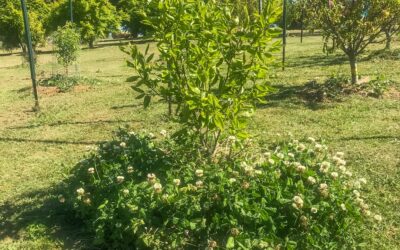


Hi Katie and Hugh,
Qld fruit fly has finally reached my place in Mandurang this tomato season. I paid for the Masterclass to help me tackle the problem, it was unable to download it. Could you give me any hints please?
P S I work on an Ipad, not a computer so wonder if this is the problem. ( I’m not very tech savvy)
Thank you, Brenda
Hi Brenda, I’m just following up with Katie & Hugh to identify the cause – we’ll be in touch via email. Thanks, Meg – GGF team.
Could you pls give us illustrations of fruit fly and codlin moth with approx sizes?
Hi Angela – great question – this blog on codling moth should help, along with this one on fruit fly (and there’s a link in there to the QFF masterclass which has more detail information again if you need). Good luck, Meg – GGF team.
I seem to have a heck of a lot of shield bugs (aka stink bugs). They were sticking to the calandra shrubs which was ok, but they have discovered that they much prefer my pigeon peas! I guess they are easier to penetrate. Any ideas for discouraging them?
Hi Pauline, our first advice here is the same as in the blog – don’t panic! And second, observe – are they have a big/damaging effect on what you are trying to grow? Does the population appear to be in balance or out of balance? What predators do you already have in the garden that might come in and help you? We’d probably start there, and then if there does seem to be a lot of damage, think about reducing some of the conditions that are helping the shield bugs thrive. Attracting beneficial predatory insects (praying mantis, lacewings, lady bugs) would be a good start. You can also look for eggs and physically remove if it’s a smaller crop or a few trees. Good luck – Meg, GGF team.